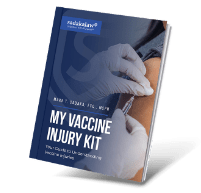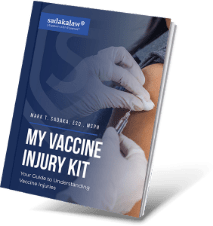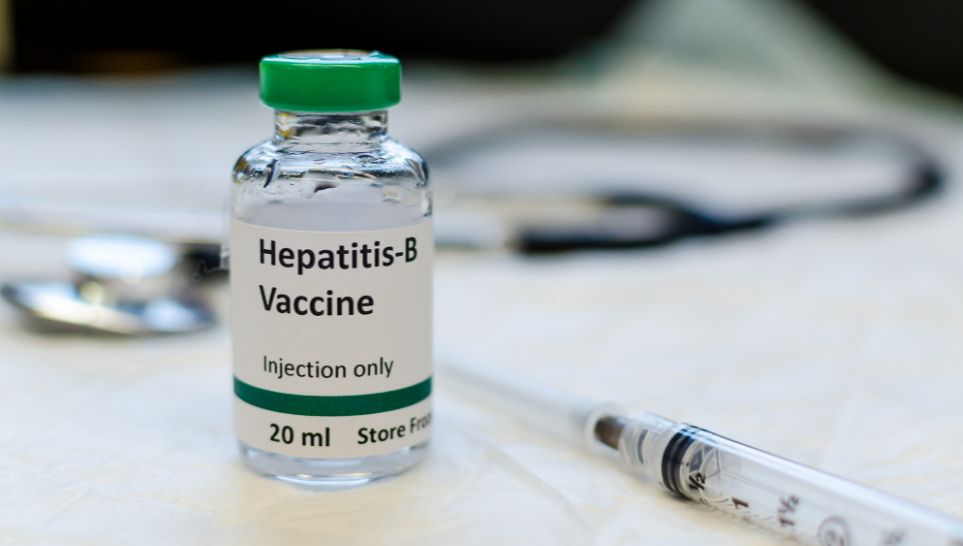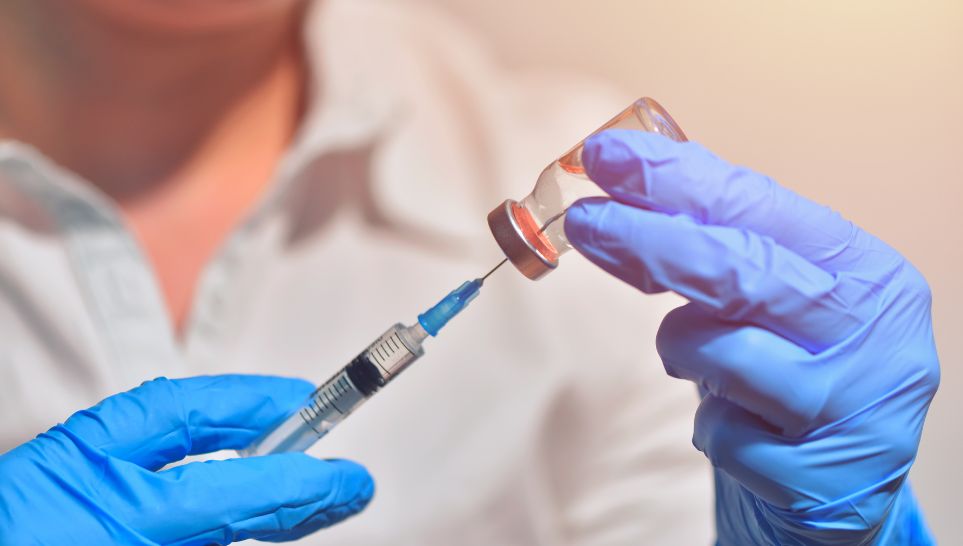
Thousands of people receive a variety of vaccinations each year, which prevent everything from the flu to Hepatitis A. Although most people are vaccinated with little to no side effects, a growing number of individuals are experiencing adverse side effects, remarkably, not from the vaccine ingredients but from the injection itself. This article will go over how to spot vaccine injuries from shots.
While many people report experiencing some pain or swelling at the injection site following a vaccination, which can often be relieved with a cold ice pack or an anti-inflammatory pain reliever, a case of abnormal shoulder pain, swelling, and difficulty with arm movement that lasts for days or even weeks longer than usual can spell trouble. This type of injury has become known as a SIRVA, or Shoulder Injury Related to Vaccine Administration, which can generally be defined as the improper administration of a vaccination when an injection is given too high up on the shoulder.
SIRVA cases most commonly occur with injection of the flu shot, which is often given in the arm’s deltoid muscle. SIRVA can occur when the needle hits the bursa, a fluid-filled sac in the shoulder that lubricates the muscles and tendons. Penetration of the bursa in this manner can result in inflammation, bringing on a case of bursitis, tendonitis, or other SIRVA injuries that can include rotator cuff tear, adhesive capsulitis, frozen shoulder, or brachial neuritis.
Stay Informed
Table of Contents
TALK TO A VACCINE INJURY LAWYER
![]()
Founded by Mark T. Sadaka, Esq., Sadaka Law is a premier law firm experienced in handling complex lawsuits for injured people throughout the country. Find out if you have a case.
REQUEST A FREE CONSULTATION

Download Your
Free Vaccine Injury Kit
You will learn about the most common vaccine injuries,
what causes them, and how Sadaka Law can help you.
Download

Documented SIRVA cases have reportedly been on the rise in recent years, due in large part to the faulty administration of vaccine injections. To avoid this type of injury, it’s advisable to make sure that the person administrating the vaccine is trained in shoulder injections, such a pharmacist, nurse, or physician’s assistant. When exposing a shoulder for the injection, a person should also make sure to wear a shirt that can be pulled up over the shoulder, as pulling a shirt sleeve down can increase the possibility of receiving the injection too high on the shoulder.
If a vaccine-related shoulder injury is suspected, a patient will typically be referred to an orthopedic specialist for diagnosis and treatment. An MRI may be ordered, which can reveal swelling, inflammation, and fluid buildup in the affected shoulder. Prescribed treatment of these injuries can include several months of physical therapy or, in the alternative, steroid injections, which can reduce inflammation and help a person regain mobility.
Although many cases of bursitis and other SIRVAs tend to go away on their own over time, treatment does not guarantee the elimination of pain. Many SIRVA injuries may even require surgery, and have more lasting complications. Serious side effects of SIRVA can include excruciating pain, numbness or tingling, and limited range of motion in the arm, which can ultimately lead to difficulty performing everyday tasks.
Serious SIRVA cases, among many other vaccine-related injuries, can potentially be compensated for under the Vaccine Injury Compensation Program (VICP), which was established by the Food and Drug Administration and Center for Disease Control to help affected individuals recover the financial costs of medical treatment and expenses, as well as any lost wages resulting from a vaccine-related injury. To help monitor vaccine injuries, the government has also instituted VAERS, the Vaccine Adverse Event Reporting System, to help document reported cases of vaccine injuries.



